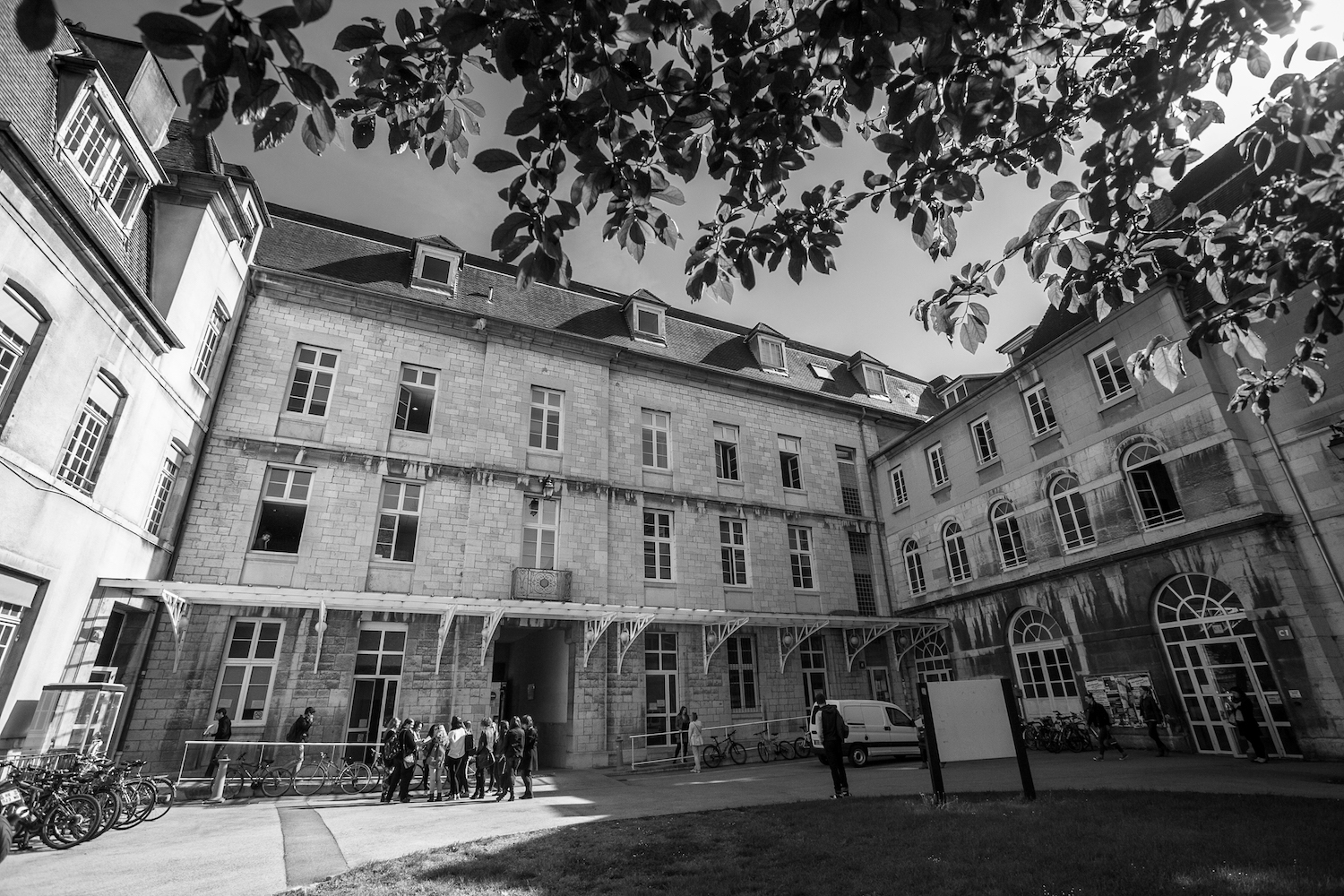Understanding how languages are taught involves exploring the history, terminology, and various approaches used in language education. This article delves into the evolution of language teaching methods, particularly focusing on French as a foreign language (FLE) and French as a second language (FLS), alongside broader concepts like plurilingualism.
History and Terminology
In France, the terminology for language teaching has evolved over time. Initially, it was referred to as ‘language pedagogy,’ but with the influence of linguistics and applied linguistics in the mid-20th century, the term ‘language didactics’ emerged in the 1970s. This change signified a desire for foreign language teaching to be recognized as a distinct discipline. Subsequently, the term ‘didactique des langues’ gained prominence, emphasizing the unique objectives of language education.
Dominance of French as a Foreign Language (FLE)
Until the 1980s, FLE was the focal point of language teaching research, especially due to its global reach and diverse student population. Specialized FLE teachers received training emphasizing audio-visual and communicative methods. This training laid the foundation for the dominance of FLE in language education research and practice.
European Cross-Cultural Trends
The 1980s witnessed a shift influenced by European Community initiatives, leading to a unified approach to language teaching across different languages. Council of Europe projects, such as the Common European Framework of Reference for Languages, played a significant role in shaping language teaching methodologies.
Interaction Between Native and Foreign Languages
In France, the interaction between French as a mother tongue (FLM) and foreign languages (LE) gradually developed, driven by social factors. Efforts were made to integrate FLE methodologies into the teaching of French, especially in areas with diverse student populations. Additionally, the introduction of foreign language teaching in primary schools strengthened the connection between FLM and LE.
Teaching Foreign Languages in Schools: Didactic Approaches
During the 1970s and 1980s, language teaching research shifted towards real-world contexts, but in the 1990s, there was a resurgence of interest in school-based language education. Teachers began to explore the unique challenges of teaching foreign languages in schools, aiming to align language education with broader educational objectives.
French as a Second Language (FLS)
The emergence of FLS in the 1980s addressed multilingual situations where French holds a significant legal, social, and educational status. The development of FLS teaching methods catered to diverse linguistic contexts, acknowledging that French is not the mother tongue of all learners.
Plurilingualism
Since the late 1990s, there has been a growing emphasis on plurilingualism, recognizing individuals’ ability to speak multiple languages. This approach, influenced by sociolinguistics and intercultural studies, seeks to balance standardized language teaching methods with respect for linguistic diversity.
Conclusion
Understanding the evolution of language teaching methodologies involves tracing the historical development of terminology, exploring the dominance of certain languages like French in language education, and embracing concepts like plurilingualism to cater to diverse linguistic contexts. By examining these aspects, educators can adapt their teaching practices to meet the evolving needs of language learners in a globalized world.








